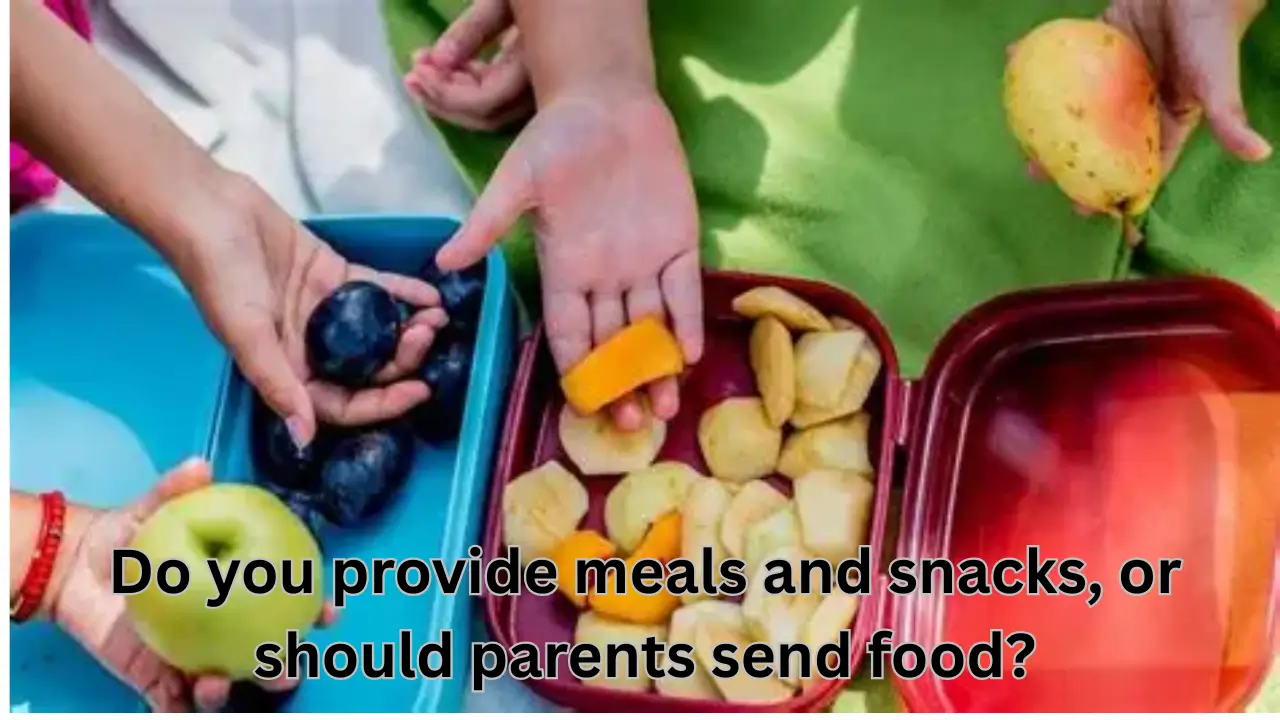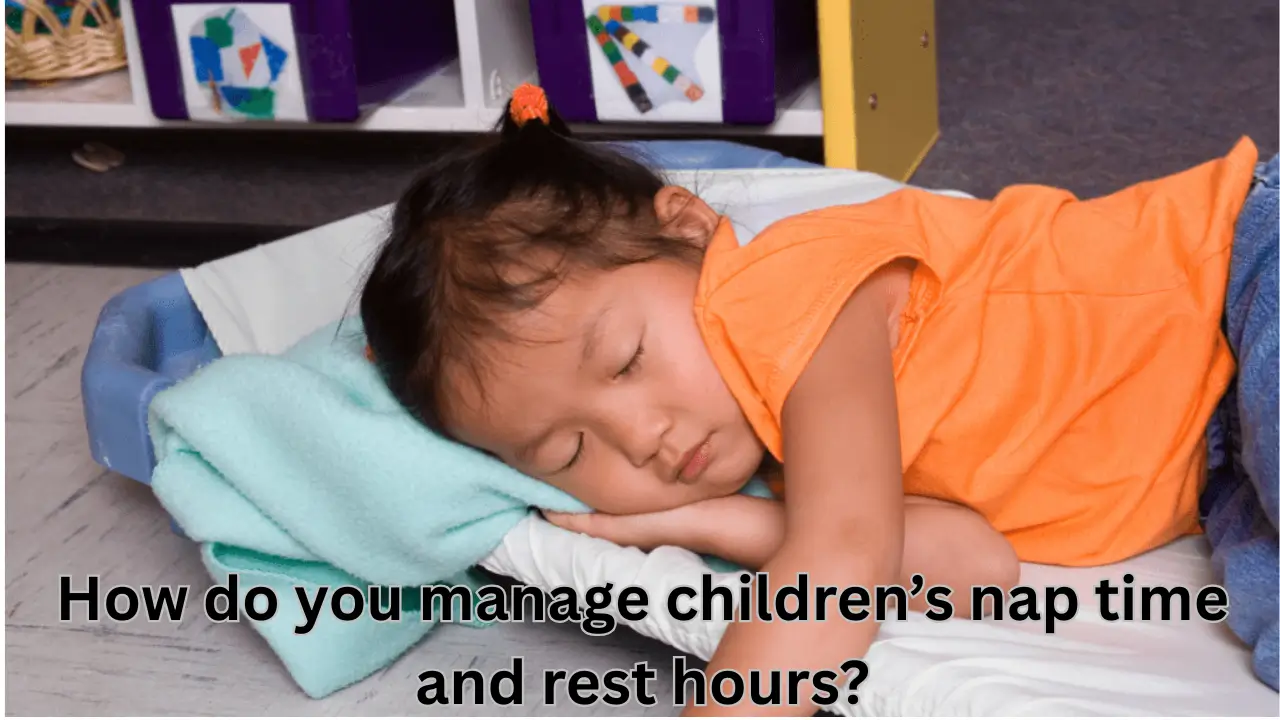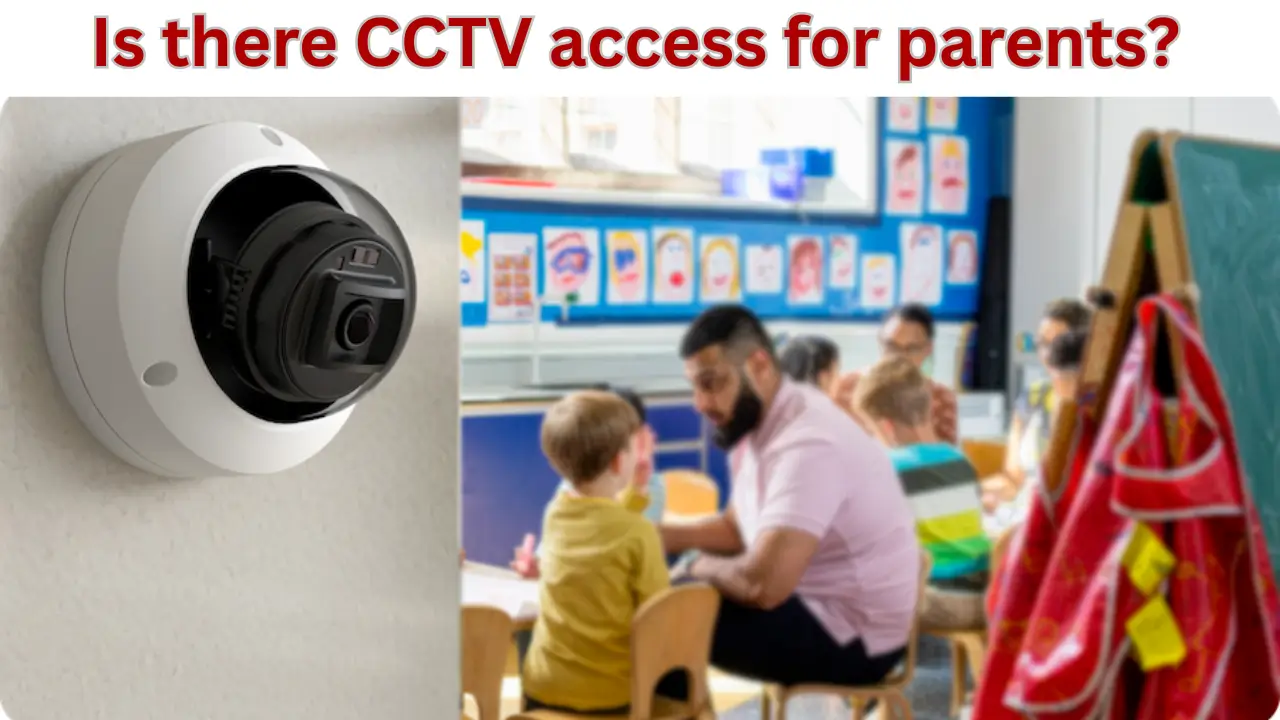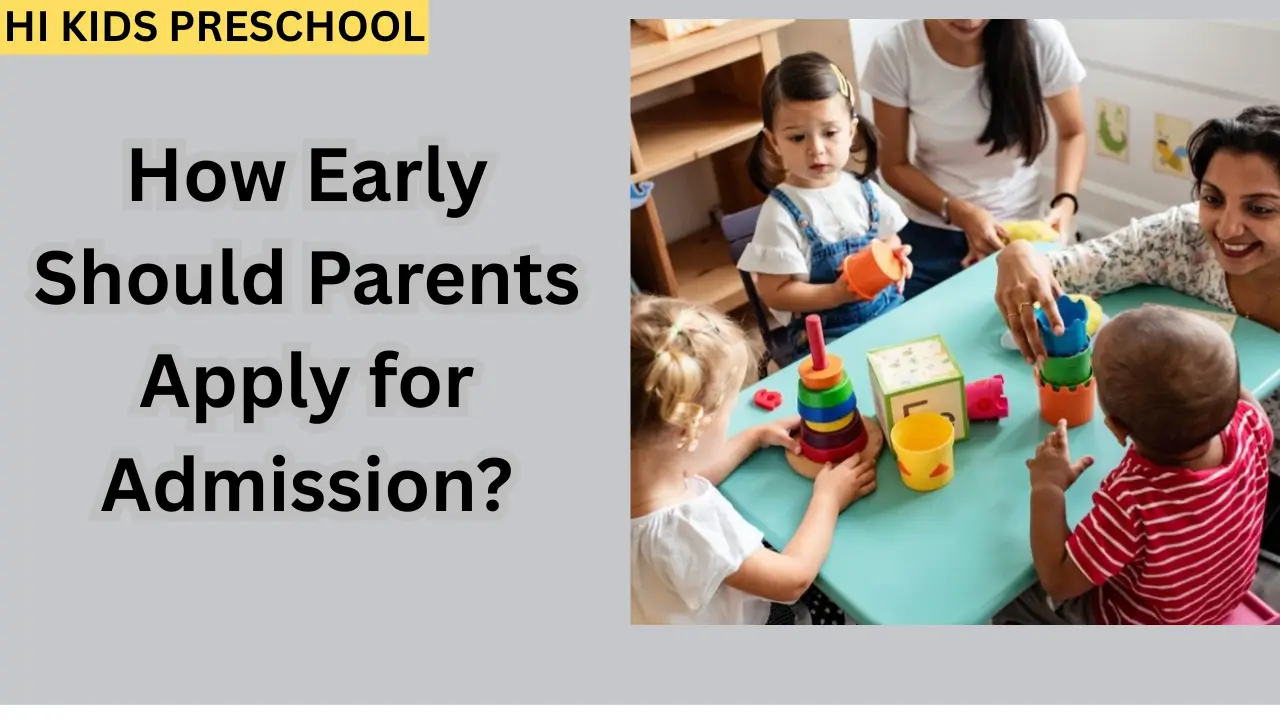One of the most common questions parents ask before enrolling their child in a school, preschool, or daycare is: Who is responsible for meals and snacks? Every institution has its own policy, and parents want clarity for nutrition, safety, and convenience. This article explains typical meal policies, benefits of each option, and the latest trends many schools and daycares are following today.
Why This Question Matters
- Food directly impacts children’s health, energy, and learning ability.
- Parents want assurance that meals are balanced and hygienic.
- Allergies and dietary restrictions make the decision more sensitive.
- Convenience also plays a role — parents may prefer ready food at school, but some would rather send home-cooked meals.
Common Policies in Schools and Daycares
1. Meals Provided by School/Daycare
Many institutions include meals and snacks in their daily schedule.
- Usually balanced menus designed by nutritionists.
- Food is freshly cooked and follows safety standards.
- Saves parents time and daily lunch-packing stress.
2. Parents Send Food from Home
Some schools prefer parents to send lunch and snacks for their child.
- Parents ensure full control over ingredients.
- Children can stick to their family’s eating habits.
- Safer for kids with food allergies.
3. Hybrid Option
A few schools offer flexibility:
- School provides certain meals like lunch or evening snacks.
- Parents may send morning snacks or a lunchbox if preferred.
Comparison of Options
| Policy | Advantages | Challenges |
|---|---|---|
| Food Provided by School | Convenient for parents, professional menus, children eat together | Less control for parents, possible allergy concerns |
| Food Sent from Home | Parents control quality, child familiar with food, allergy safety | Daily packing effort, risk of food getting cold/stale |
| Hybrid Option | Flexibility, balance of convenience and control | Can be confusing if not handled with clear guidelines |
Points Parents Should Ask the School
When parents are deciding, they should directly ask:
- Do you provide daily meals, snacks, or only one main meal?
- Who prepares the meals — in-house kitchen or catering service?
- Are menus shared weekly with parents?
- How do you manage food allergies or special diets?
- If parents send food, are there restrictions on items (junk food, nuts, etc.)?
- Is there a provision for heating lunch boxes?
Latest Updates and Trends (2025)
- Nutrition Awareness: More schools are consulting child nutritionists to design meal plans with fruits, whole grains, and less sugar.
- No-Junk Policies: Many schools in India and abroad have already stopped allowing packaged junk food in lunchboxes.
- Allergen-Safe Kitchens: Institutions are focusing on avoiding common allergens like nuts in their food menus.
- Eco-Friendly Practices: Some schools encourage reusable tiffins, stainless steel boxes, and discourage single-use plastics in lunch packaging.
- Flexible Menus: Hybrid models are gaining popularity, especially where parents can opt in or out of meal services based on convenience.
Pros and Cons in Simple Terms
If School Provides Food
- ✅ Saves parent’s time
- ✅ Kids eat together, promoting social habits
- ❌ May not match home tastes
- ❌ Slight concern for allergies
If Parents Send Food
- ✅ 100% control over quality and taste
- ✅ Safe for special diets
- ❌ Packing effort daily
- ❌ Food may not remain warm/fresh
Conclusion
The answer to “Do you provide meals and snacks, or should parents send food?” entirely depends on the school or daycare’s policy. Parents should check in advance, understand menu quality, and consider their child’s health needs. While some parents prefer the convenience of school meals, others value home-cooked food control.
The key is clear communication with the institution before admission, so both children and parents have a stress-free experience.














